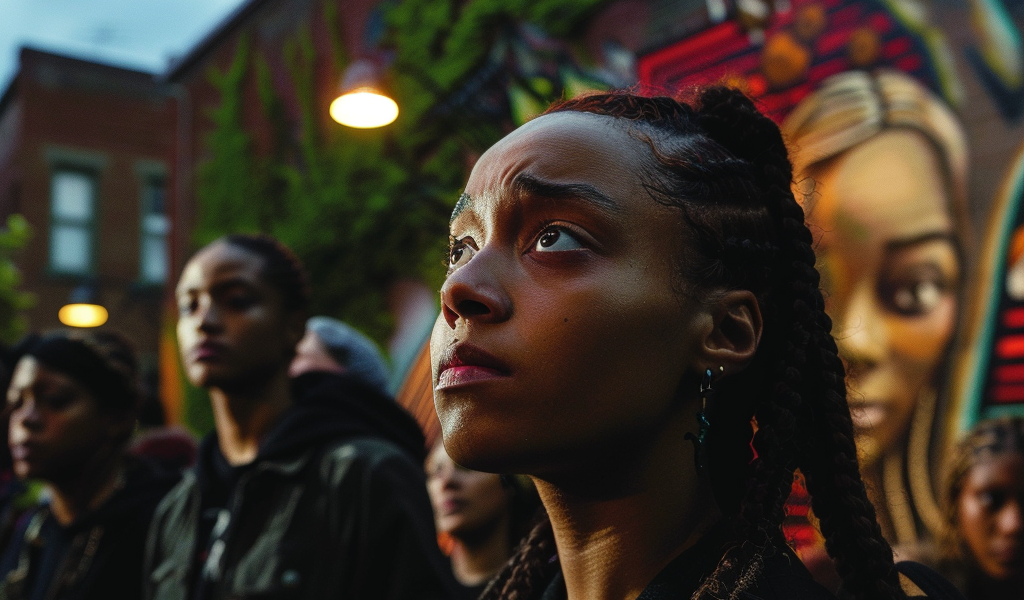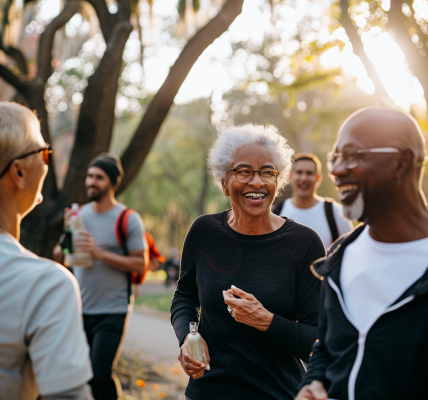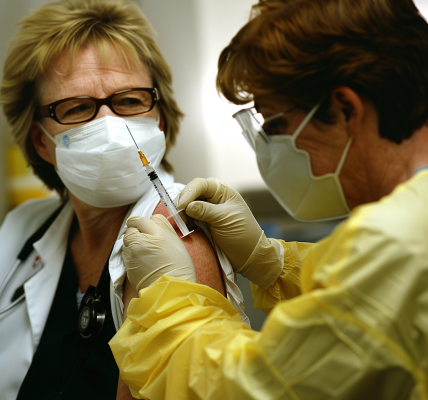Rising Overdose Deaths Among Black and Indigenous Communities Highlight Urgent Health Disparities
In recent years, the landscape of overdose deaths in the United States has revealed a troubling racial disparity. While the overall number of overdose fatalities has seen a decline among white individuals, the rates have continued to rise among Black and Indigenous communities. A thorough analysis of federal data has shed light on this critical issue, highlighting the urgent need for targeted interventions and support in these communities.
According to a recent report, nearly 5,000 more individuals of color succumbed to overdoses in 2023 compared to 2021. In stark contrast, the number of overdose deaths among white individuals decreased by over 6,000 during the same period. This alarming trend indicates a growing crisis that disproportionately affects marginalized groups.
As of early 2023, Black and Native Americans have been particularly hard hit by the overdose epidemic. Data shows that these groups surpassed white rates earlier in the pandemic, with death rates reaching 49.5 and 39.8 per 100,000 people, respectively. This marks a significant shift from pre-pandemic statistics, where white individuals had the highest overdose death rate at 25.4 per 100,000.
Tracie Gardner, co-director of the National Black Harm Reduction Network, emphasizes the challenges that Black and Native individuals face when navigating predominantly white institutions, including harm reduction agencies. Gardner argues that these agencies must prioritize diversity in leadership to foster trust within the communities they aim to serve. “It is our contention that Black harm reduction isn’t about drug use; it’s about the harms of not being a white person in this country,” she stated. This perspective highlights the broader societal issues that contribute to the rising overdose rates among these populations.
Between 2021 and 2023, overdose deaths among white individuals decreased across nearly all states, with only a few exceptions primarily in the Western U.S. However, the same cannot be said for Black and Native American populations, which saw minimal declines in certain areas. Notably, deaths among Black individuals decreased in states like Indiana, the District of Columbia, and Illinois, while Native American fatalities saw reductions in North Carolina and Colorado.
The data underscores the need for effective strategies tailored to the unique challenges faced by communities of color. Health experts assert that while they have identified successful approaches within their communities, securing funding and recognition remains a significant hurdle. The disparity in overdose death rates calls for a concerted effort to address the underlying issues that contribute to this public health crisis.
As the nation grapples with the opioid epidemic, it is essential to recognize the distinct experiences of marginalized communities. The increasing rates of overdose deaths among Black and Indigenous individuals serve as a stark reminder of the systemic inequalities that persist in healthcare and social services. Addressing these disparities requires not only a commitment to equitable policies but also a willingness to listen to and empower those most affected by the crisis.
In light of these findings, there is a growing call for more inclusive practices within harm reduction initiatives. By elevating voices from diverse backgrounds and ensuring that leadership reflects the communities served, organizations can build trust and improve outreach efforts. This shift is crucial for developing effective interventions that resonate with individuals who use drugs and their families.
The fight against overdose deaths is far from over, and the data clearly illustrates the need for urgent action. As communities work to combat this crisis, it is imperative that strategies are not only evidence-based but also culturally competent and responsive to the specific needs of Black and Indigenous populations.
In summary, the rising overdose death rates among Black and Indigenous Americans highlight a significant public health challenge that demands immediate attention. By prioritizing equity in harm reduction efforts and addressing the systemic barriers faced by these communities, there is hope for reversing these troubling trends and saving lives.





